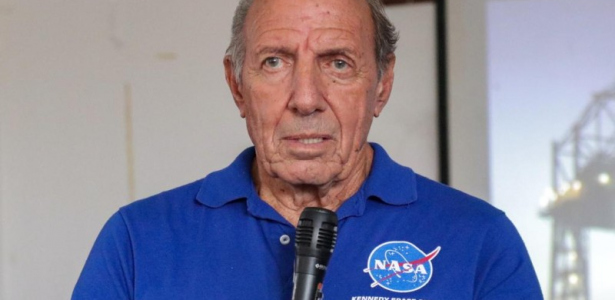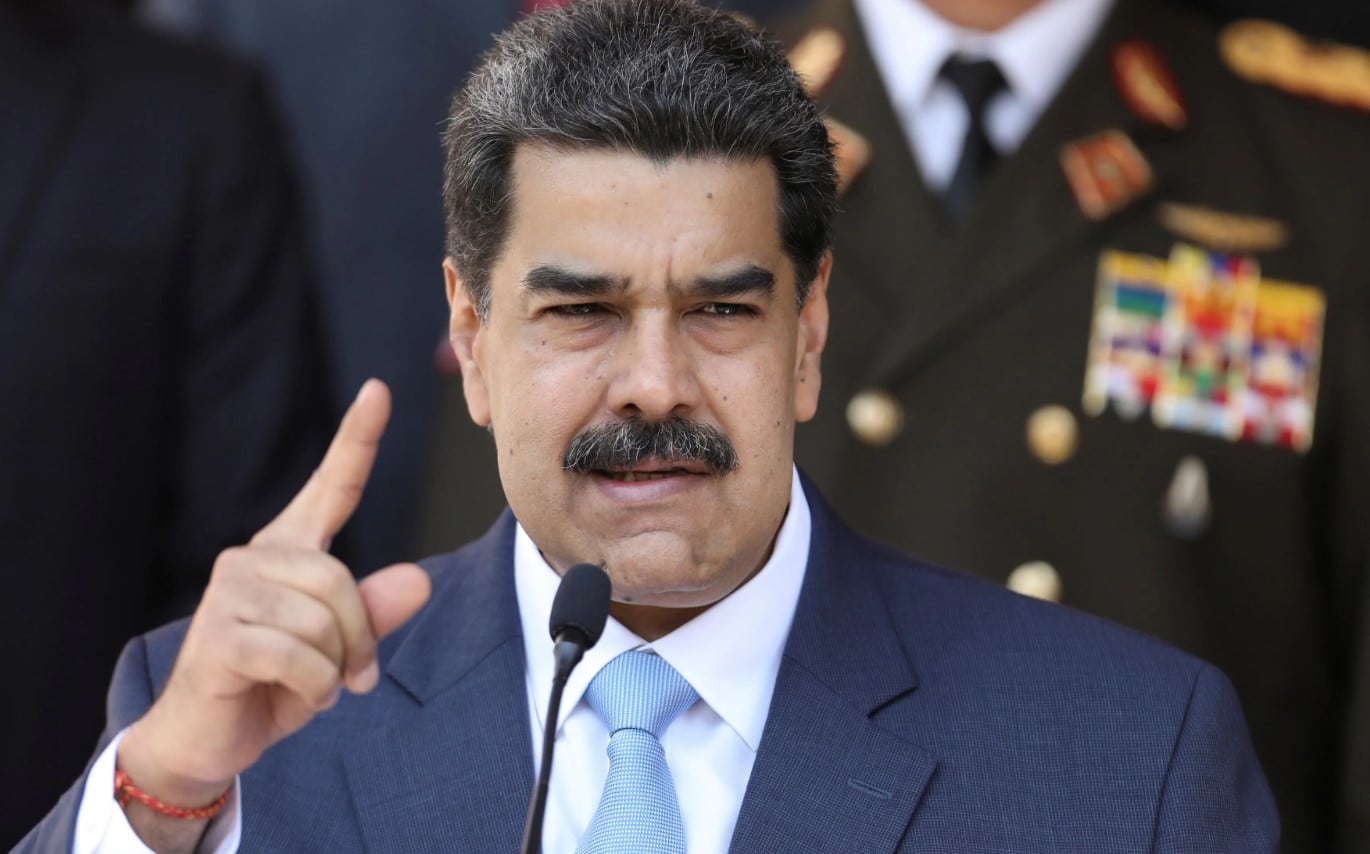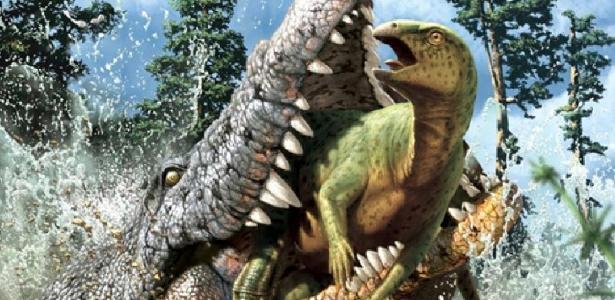A group of paleontologists discovered the remains of a fossilized skeleton of an unknown type of crocodile, with the abdominal part well preserved. One factor that caught the attention of experts was the presence of parts of a small ornithopod within the stomach area of the prehistoric reptile.
Evidence indicates that the fossil is a confractosuchus sauroktonos, a type of freshwater crocodile as old as the Cretaceous period. The discovery occurred in Queensland, Australia, where the animal lived about 145 million years ago, according to researchers. The material was published in the scientific journal Gondwana Research on Friday (11).
Among the fossilized remains of the animal are a nearly complete skull with teeth and a post-cranial skeleton without the tail and hind limbs.
Inside the stomach of the 2.5-meter-long crocodile, experts determined that the partially digested animal was a small ornithopod, a type of large herbivorous dinosaur. “Collectively, the ornithopod remains consist of three dorsal vertebrae, two sacral centers, three distal caudal centers, both proximal femurs, a left tibia, and various other elements; all presumably from a single individual,” the article reads. “These intestinal contents curiously represent the first recorded skeletal remains of ornithopods in the area and may represent a new species.”
According to the Australian Museum of the Age of Dinosaurs (AAOD), which is responsible for the discovery, this is the first evidence of a crocodile preying on a dinosaur in Australia.
At first, the sample confractosuchus sauroktonos It was preserved in a mass of clay sedimentary rocks. However, the part suffered skeletal traces which thus revealed several small bones from the other creature’s skeleton.
To identify the bones inside the crocodile, experts used X-rays and micro-imaging. The process also relied on advanced computing capabilities to produce a 3-D reconstruction of bone. Since 35% of the crocodiles were preserved, the researchers were able to recover most of the reptile’s skull. Through these efforts to identify the crocodile, which was not yet known, it was also possible to discover that the prey inside the stomach was a baby girl weighing about 1.7 kg.
“While Confractosuchus wasn’t a specialist in eating dinosaurs, it wouldn’t skip an easy meal, like a small ornithopod like this one in its stomach,” said Matt White, an AAOD research associate. “It is possible that dinosaurs formed an important part of the ecological food web in the Cretaceous period.”
White believes that this rare discovery may open the door for researchers to gain new information about the animals that lived on Australian soil in the past and their survival conditions. “Because there are no globally comparable specimens, this prehistoric crocodile and its last meals will continue to provide clues to the relationships and behaviors of animals that inhabited Australia millions of years ago.”
the confractosuchus sauroktonos It is the second crocodile to be detected in the area of Winton Formation, an ancient geological deposit in Queensland. In the settlement, a 96 million-year-old pterosaur was identified in October 2019, along with other important fossils.

“Music fanatic. Professional problem solver. Reader. Award-winning tv ninja.”




/https://i.s3.glbimg.com/v1/AUTH_bc8228b6673f488aa253bbcb03c80ec5/internal_photos/bs/2024/i/b/dBHF93RfiHcQwLJ0WWvQ/agif24041720243471.jpg)
/https://i.s3.glbimg.com/v1/AUTH_bc8228b6673f488aa253bbcb03c80ec5/internal_photos/bs/2024/Q/J/UKxQsfQKiaSANdDhoBww/gettyimages-2148883163.jpg)

More Stories
Venezuela's embassy and consulates in Ecuador were closed after Maduro's order
United begins swapping Boeing 737 MAX 10 planes for Airbus A321neo planes
Nicolas Maduro's English has become an internet joke